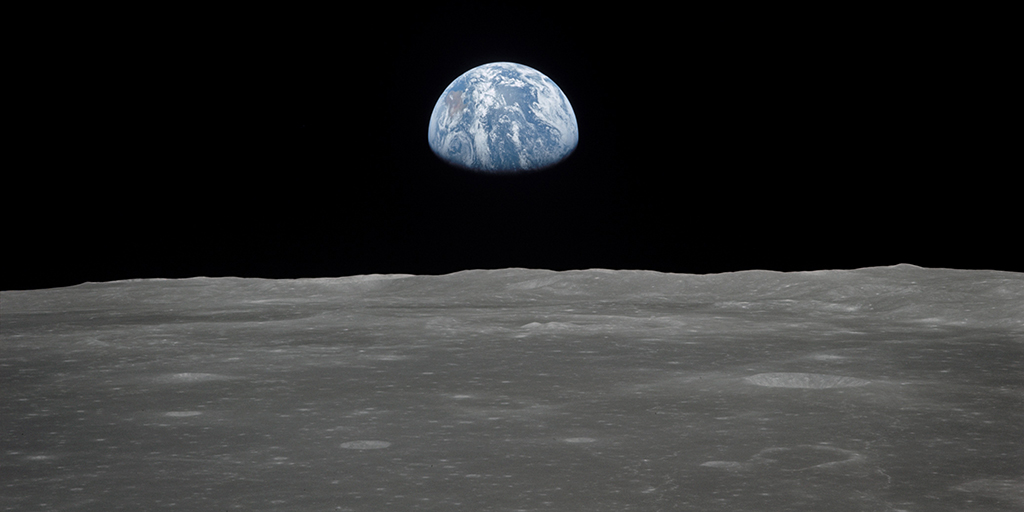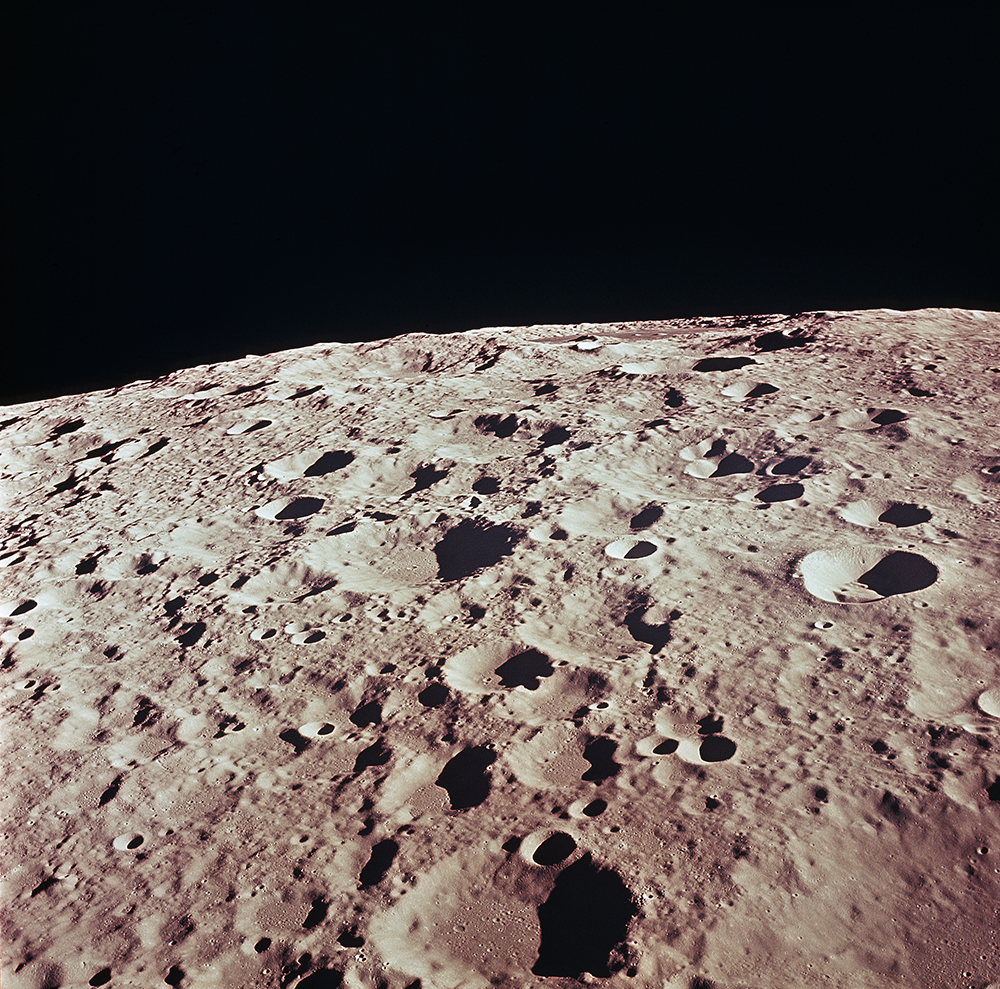Moon formation at low temperature
As the closest and most visible celestial object to Earth, the Moon has always fascinated human beings. Yet questions remain about its origin. A team of researchers from the Institut de Physique du Globe in Paris has come up with some new answers about its formation.

Publication date: 08/10/2018
General public, Press, Research
Related teams :
Cosmochemistry, Astrophysics and Experimental Geophysics (CAGE)
Related themes : Origins









